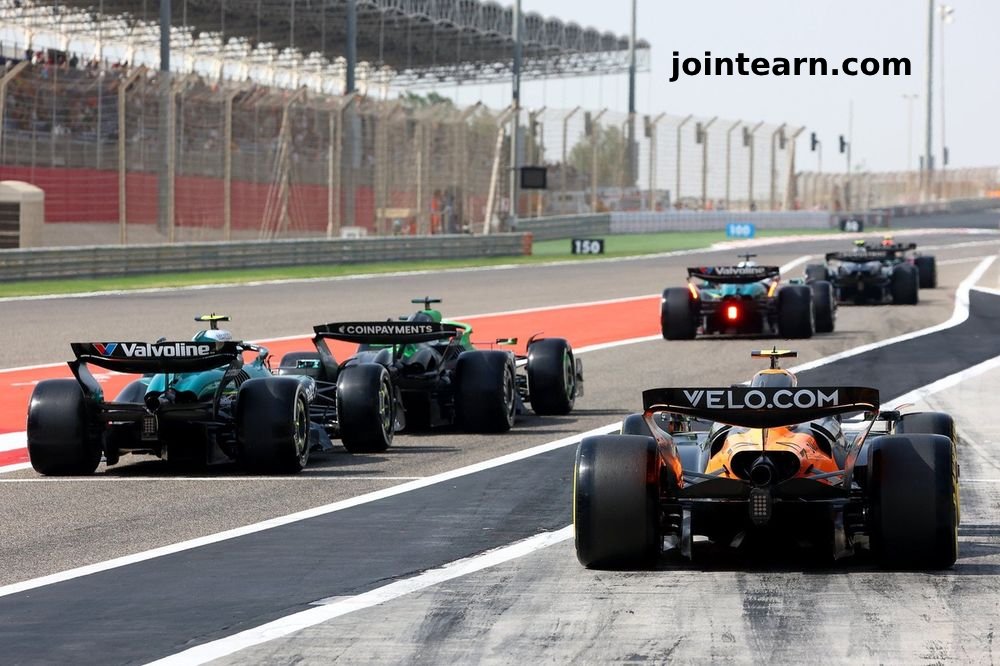F1 bosses have tentatively agreed to introduce a “catch-up” performance mechanism under the upcoming F1 2026 engine regulations, allowing struggling power-unit manufacturers to close the gap on rivals. However, no consensus was reached on a controversial proposal to reduce electrical energy deployment during races—a topic dividing key teams like Mercedes and Red Bull.
At the latest F1 Commission meeting, leaders discussed how to ensure competitiveness when the 2026 power unit rules come into effect. These new regulations will retain the current 1.6-litre turbo hybrid engines but significantly increase the electrical power contribution from 20% to 50%, along with a shift to sustainable fuels.
With Audi and Red Bull Powertrains joining existing suppliers Mercedes, Ferrari, and Honda from 2026, concerns have arisen over how differences in hybrid system performance could lead to large disparities across the grid. In response, the commission broadly agreed to consider allowing increased dyno testing or budget flexibility for underperforming engine suppliers—though specifics will be finalized by the F1 power-unit working group.
Electrical Energy Deployment Debate Sparks Tension
One of the most divisive discussions centered around a proposal to reduce electrical deployment during races from 350kW (470bhp) to 200kW (270bhp). While this cap would apply only in races (not qualifying or push-to-pass scenarios), it aims to prevent energy shortfalls on long straights, a known risk under the new aerodynamic and hybrid systems.
Red Bull Racing supports the proposed reduction, citing performance consistency, but Mercedes F1 has voiced strong opposition. Team principal Toto Wolff dismissed the idea as “a joke,” arguing that it is premature to make changes without real-world data from 2026-spec cars.
Mercedes believes teams will be able to adapt quickly next season should any real issues emerge. They also maintain that the hybrid-focused formula is essential to attracting new manufacturers like General Motors—which will debut with a Cadillac F1 team using Ferrari engines in 2026 and aims to launch its own power unit by 2029.
FIA Confirms Ongoing Review of 2026 F1 Regulations
The FIA released a statement confirming that energy management strategies and financial relief mechanisms for underperforming engine suppliers will undergo further review. The proposals will be refined within the sport’s technical advisory committees.
“The F1 Commission discussed in principle refinements to the energy management strategy for 2026, as well as measures to address financial issues that can be faced by power-unit manufacturers that experience either low performance or significant reliability issues,” the FIA said.
Additional Topics: Fire Risk from Titanium Skid Blocks
The meeting also touched on a safety issue that arose during the Japanese Grand Prix, where sparks from titanium skid blocks ignited dry grass and triggered red flags. One proposed solution is switching to steel skid blocks at fire-prone circuits. While the measure wasn’t adopted, the FIA will continue its research into mitigating such risks.












